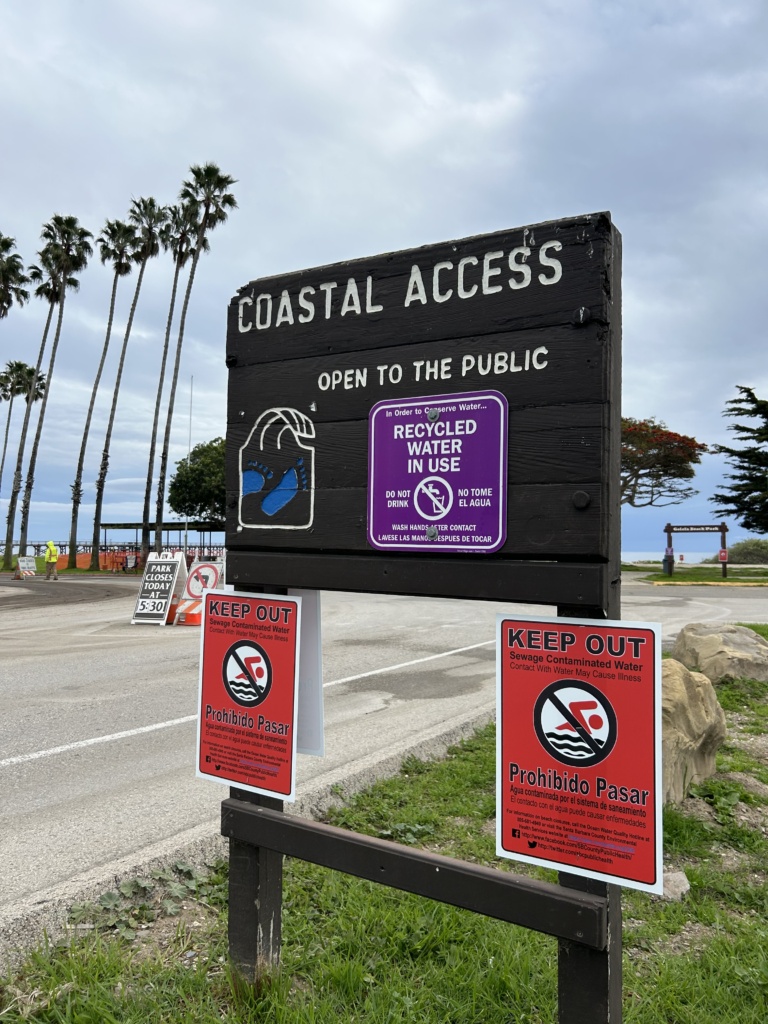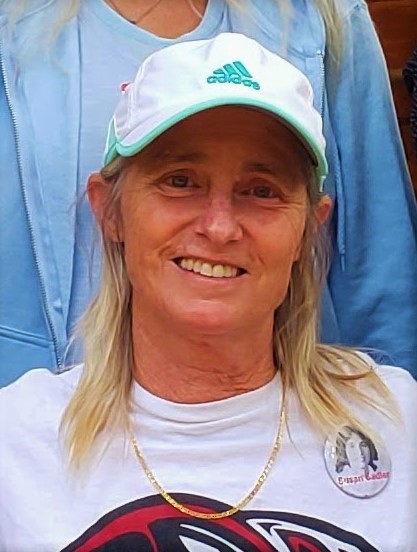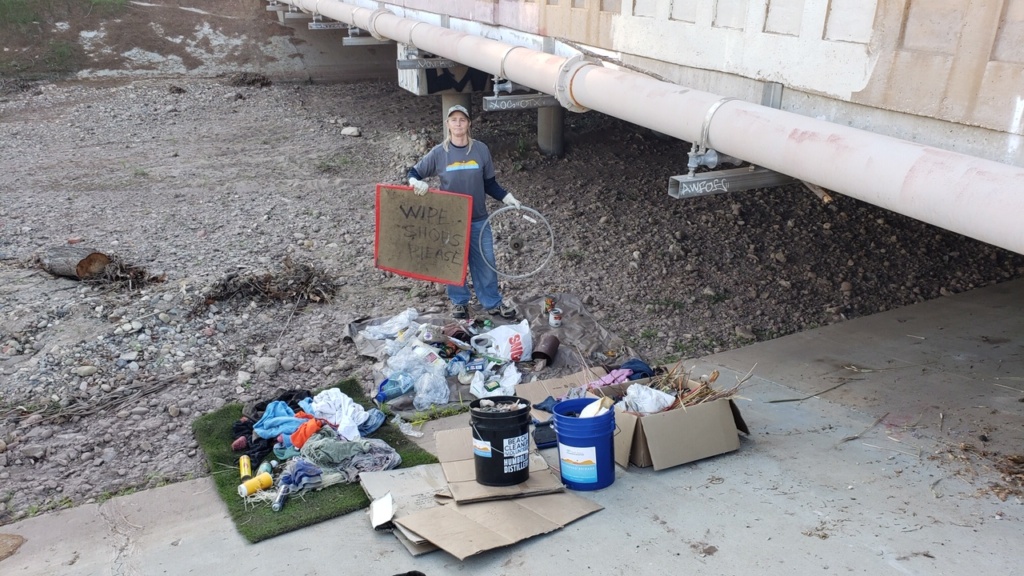More than 1 million gallons of untreated sewage spilled from a 24-inch forcemain pipe maintained by Goleta West Sanitary District on February 16 and 17, polluting the Goleta Slough and nearby beaches.
This is the largest spill reported in Santa Barbara County in the past decade. In fact, it is more than 100 times greater than the next largest spill on record—two separate 9,000-gallon spills that affected Cieneguitas and Mission Creeks in the winter of 2023.
Santa Barbara County Public Health Officials have advised that the area from 1 mile east to ½-mile west of the Goleta Slough outfall will remain closed until water testing indicates that it is safe for the public. The area has been posted with signs warning the public to avoid contact with the water because sewage-contaminated water increases the risk for certain types of illnesses. Community members can find updated water quality testing data here on the County on Santa Barbara County’s ocean monitoring web page.
Channelkeeper is alarmed by the massive volume of this spill and shares the community’s concern about the public health impacts to beachgoers and the impacts to the fish, wildlife, and habitats of the Goleta Slough and surrounding ocean ecosystem. We are also interested to learn more about what caused the spill, the breakdown in communications related to the spill, and the delayed public notification of the spill and beach closures.

Goleta West Sanitary District (Goleta West) submitted its initial report to the Central Coast Regional Water Quality Control Board (Regional Water Board) on March 1. It will submit a follow-up technical report about the spill and response by April 4.
On March 4, the Regional Water Board issued a Notice of Violation to Goleta West about the alleged violations to clean water regulations stemming from the spill. The Regional Board is investigating the spill and response.
The spill was caused by a small crack in a 24-inch force main pipe operated by Goleta West. It began on the evening of February 16, was discovered at 8:30 am on Saturday, February 17, and stopped shortly thereafter. We have heard reports that the pipe was significantly corroded with thin walls. Channelkeeper is interested to learn more about the condition of the pipes, results of recent pipe inspections, and why a significant reduction in normal sewage flow through the system wasn’t observed sooner.
A breakdown in critical communications took place among state, county, and local agencies. First, it isn’t clear what was officially reported as the initial estimate of the spill – either 1,000 gallons or 30,000 gallons. However, several days later, the spill was estimated to be 500,000 gallons. On the following day, the total increased to 1 million gallons. We are troubled that the early underestimation of the sewage spill delayed the involvement of other agencies responsible for ocean water testing, beach closures, and wildlife surveys.
Second, it took five days from the start of the sewage spill for the public health agency to become aware of it and then an additional day to close local beaches. This breakdown in communications is unacceptable. Channelkeeper is forwarding ideas for providing prompt and accessible public information about sewage spills and beach closures.
Since the spill, Channelkeeper has attended and provided public comments before the Santa Barbara County Board of Supervisors, Goleta West Sanitary District, Goleta Sanitary District, and Goleta City Council. We have also raised our concerns with representatives of the State and Regional Water Quality Control Boards. We will continue to monitor public meetings and the ongoing investigation. We will continue to work collaboratively with community leaders who share our concerns. We have and will be offering recommendations to put in place preventive measures that our community and public agencies can take to better ensure that something like this doesn’t happen again.

